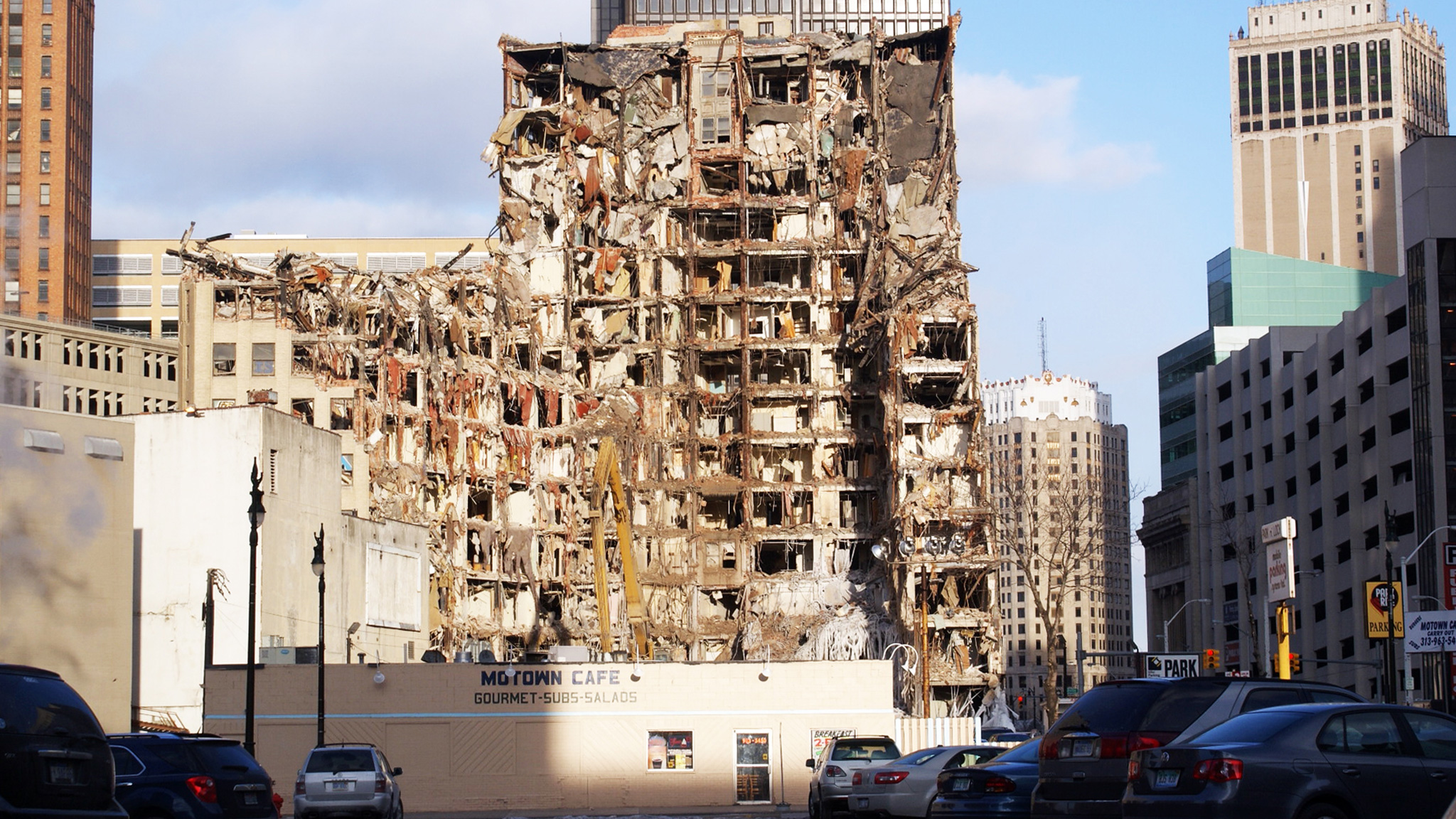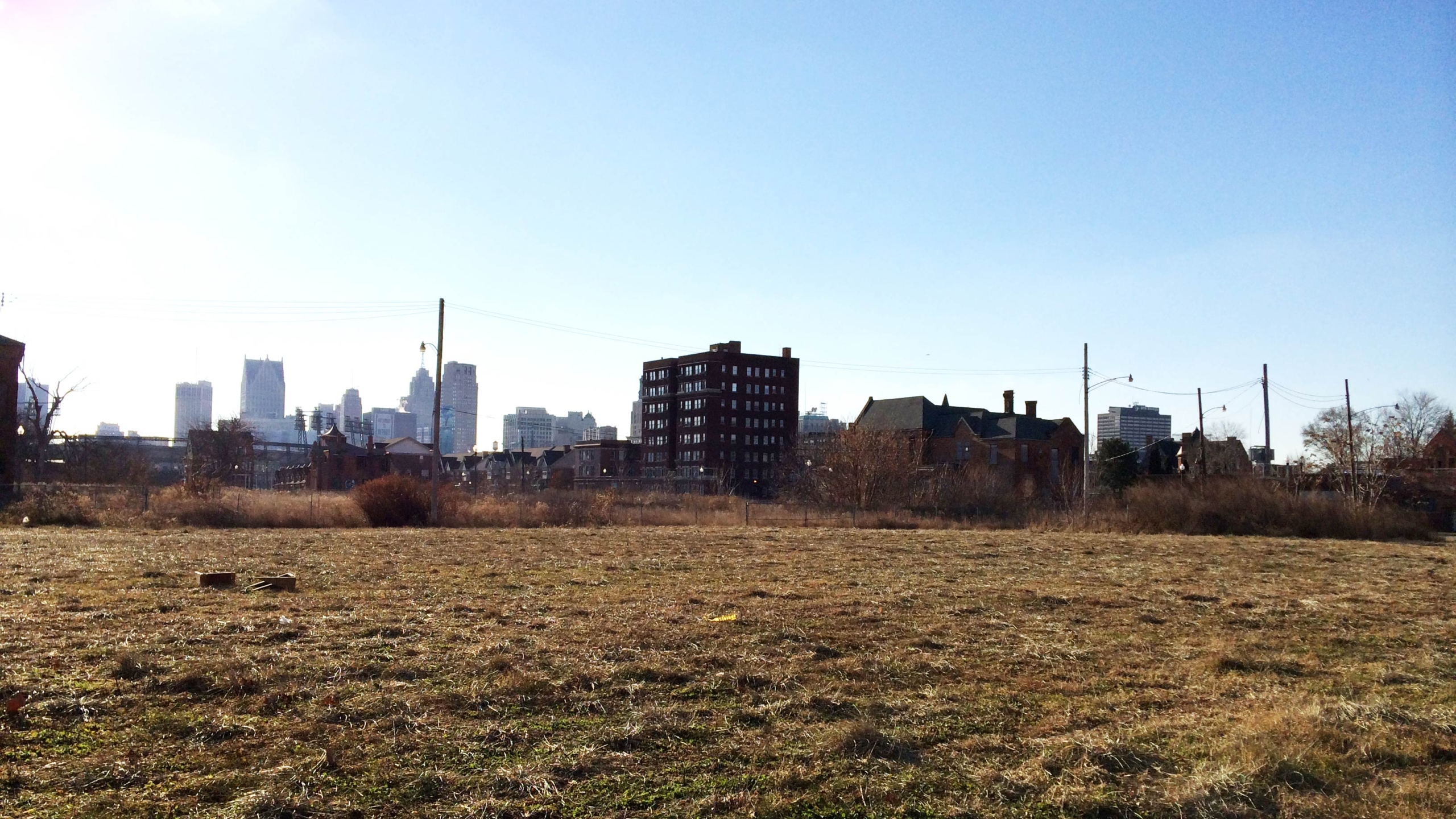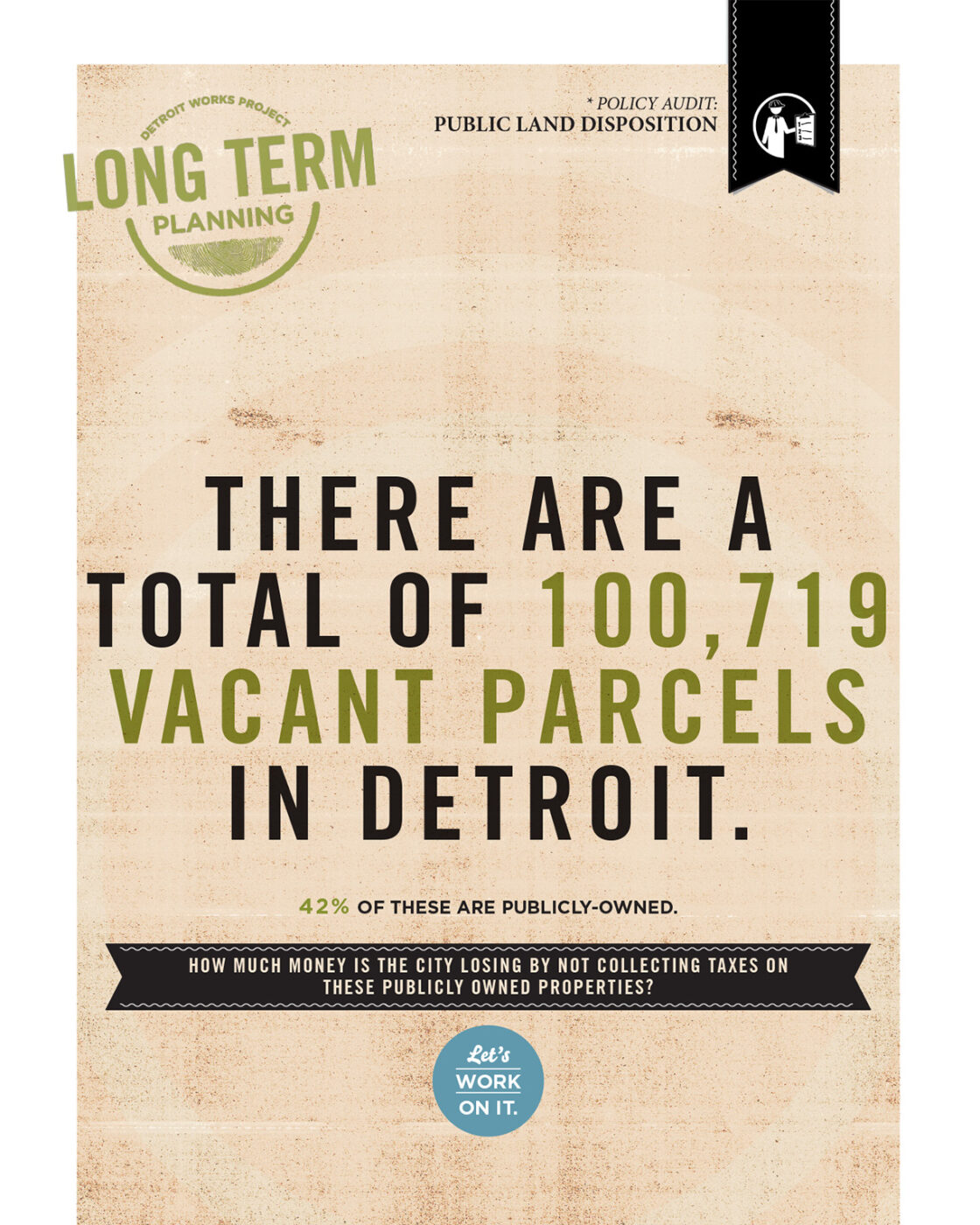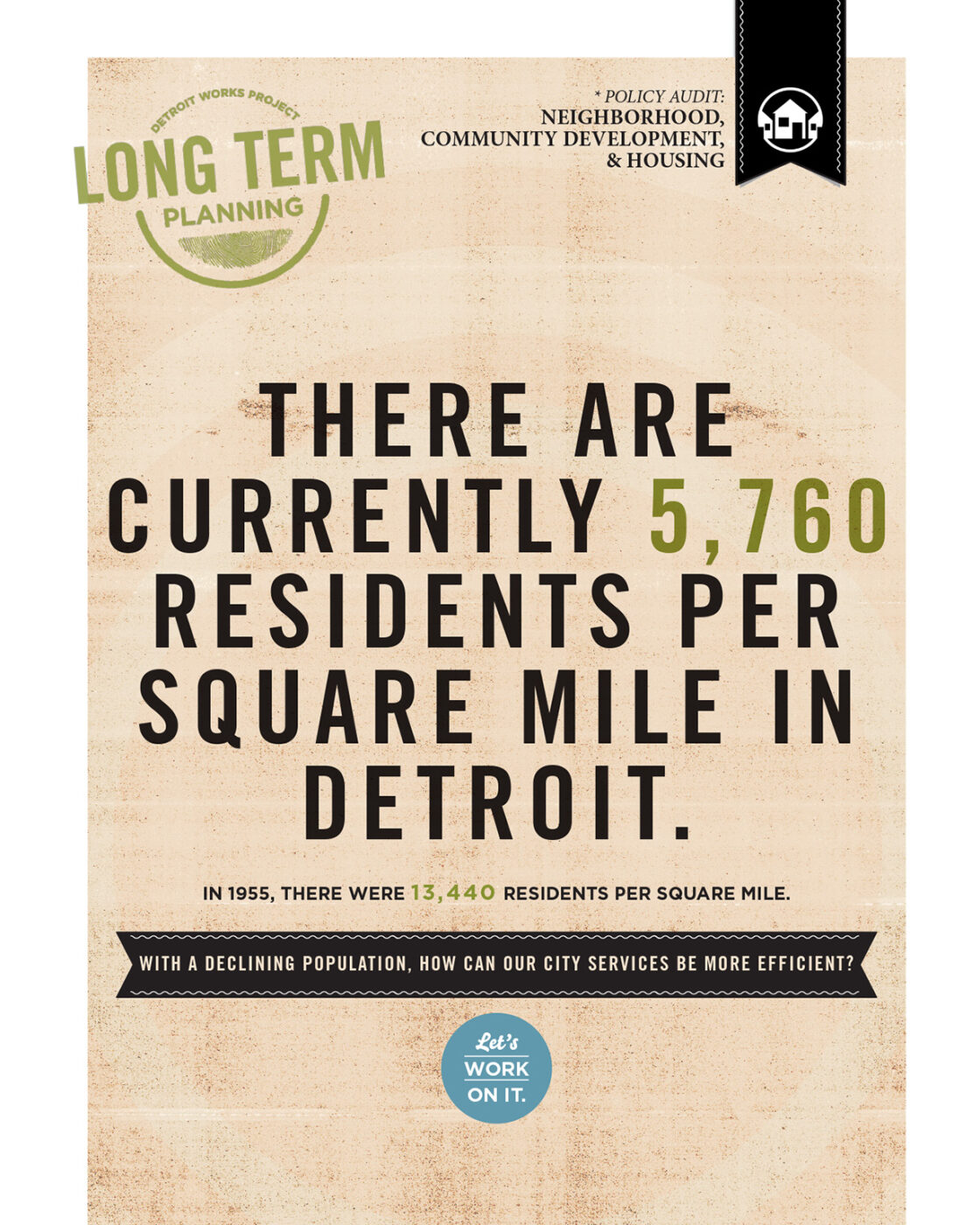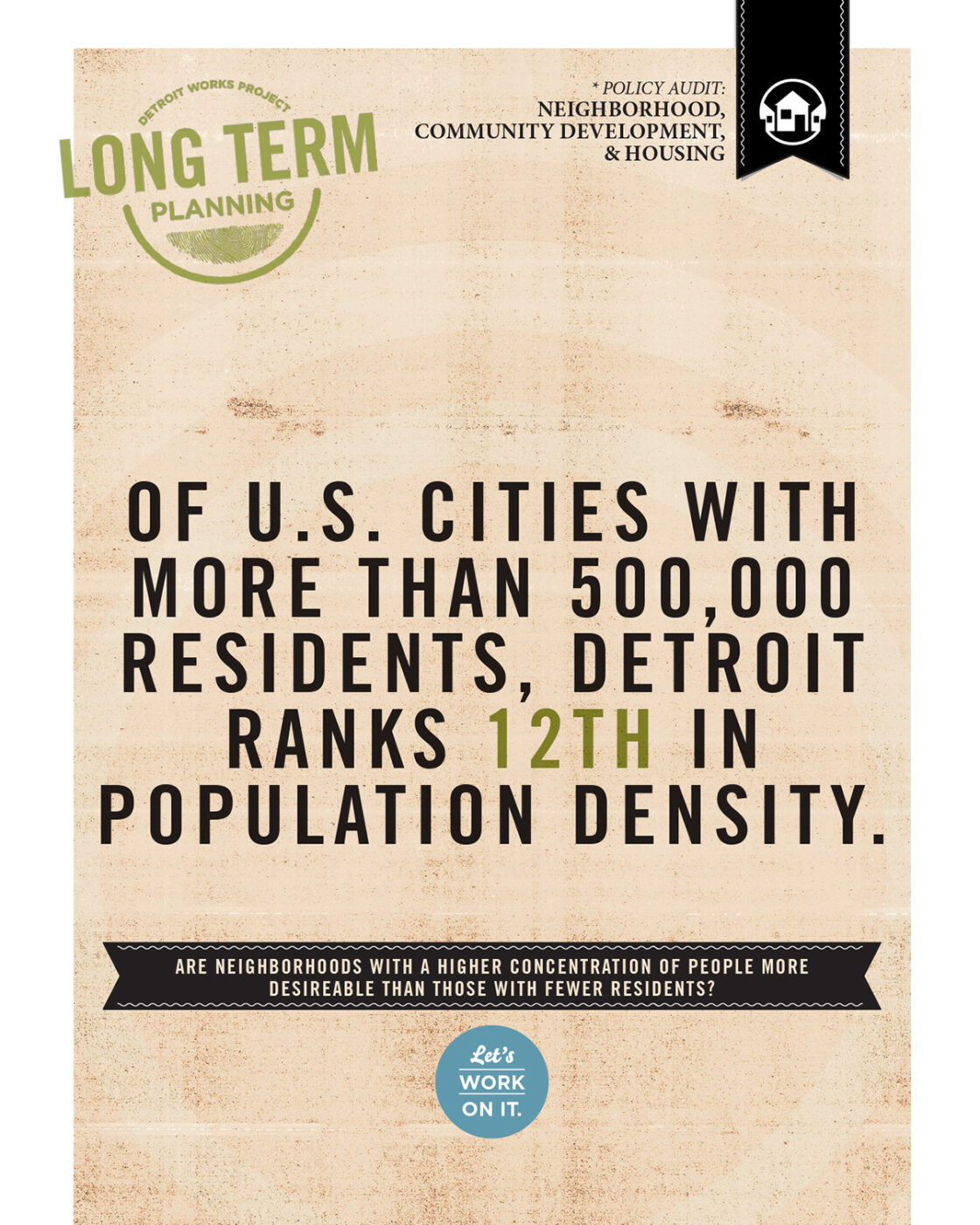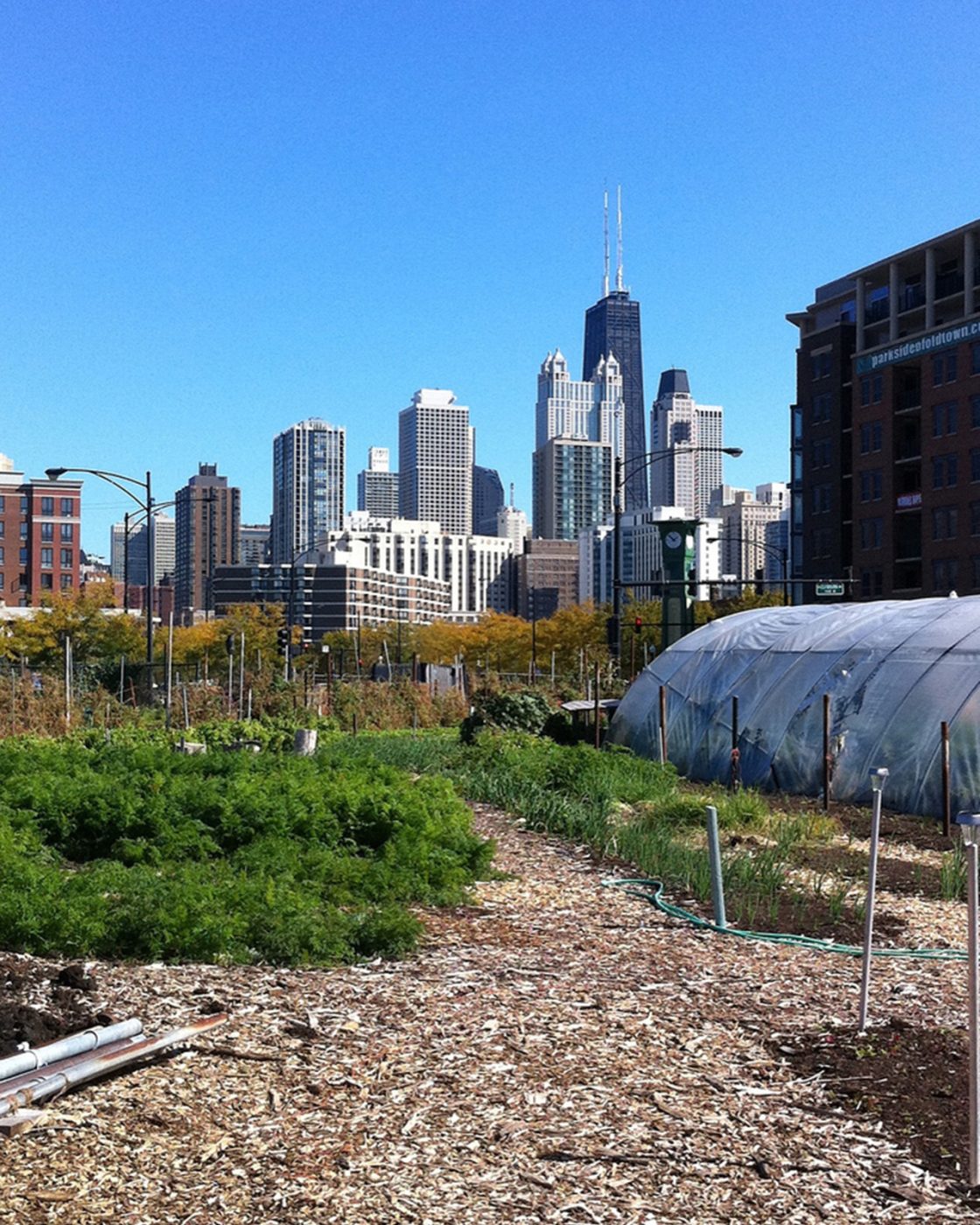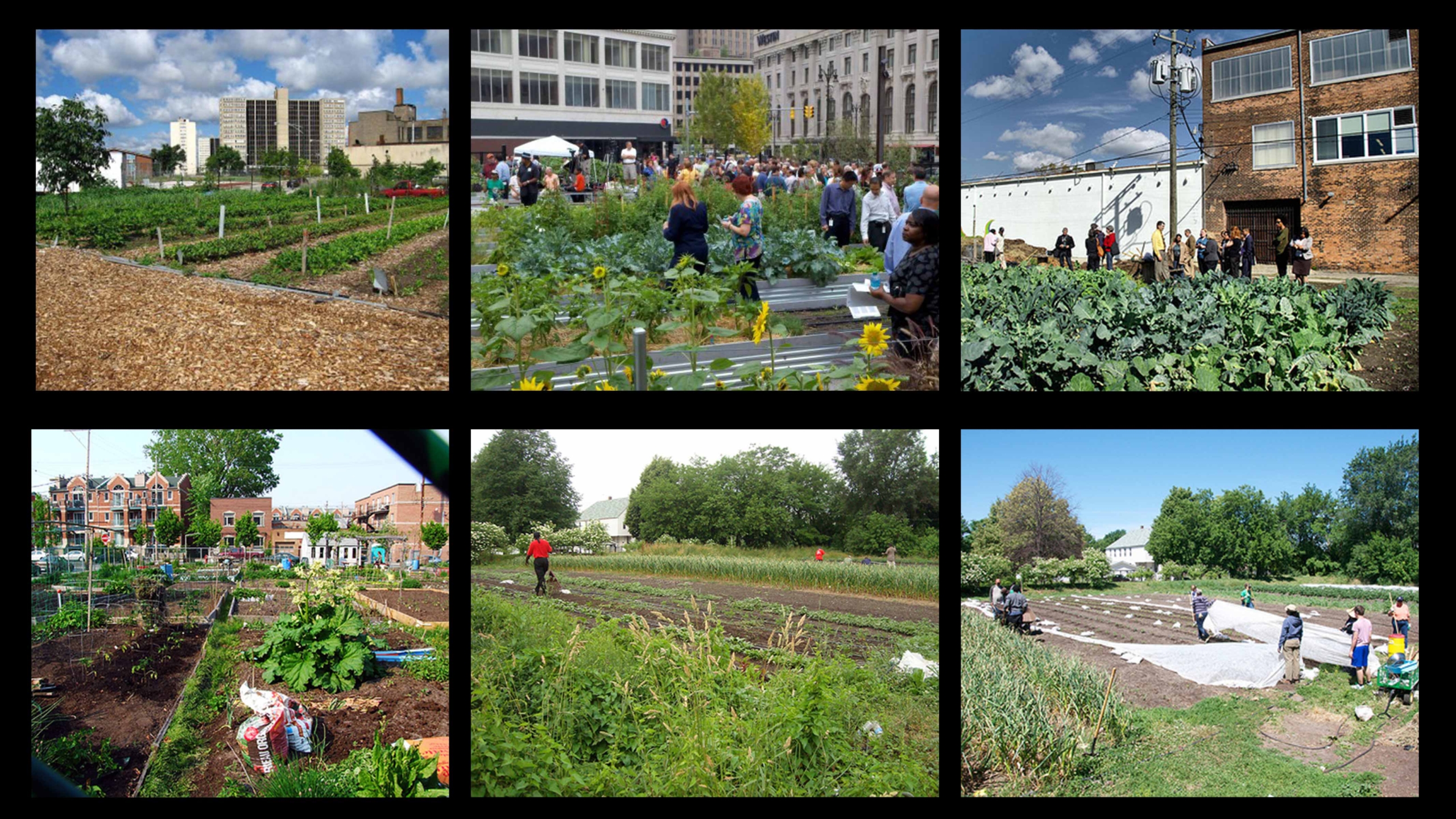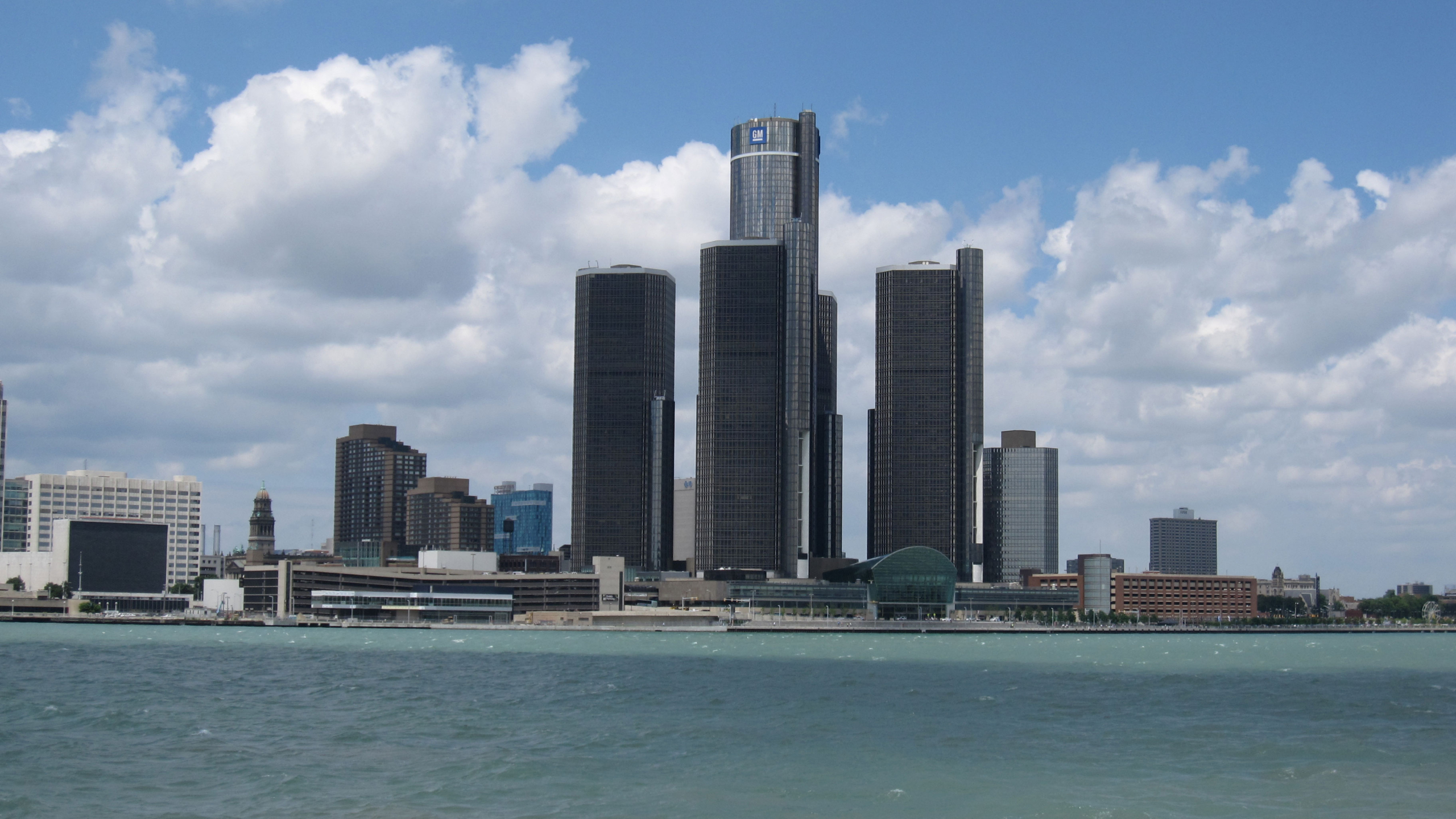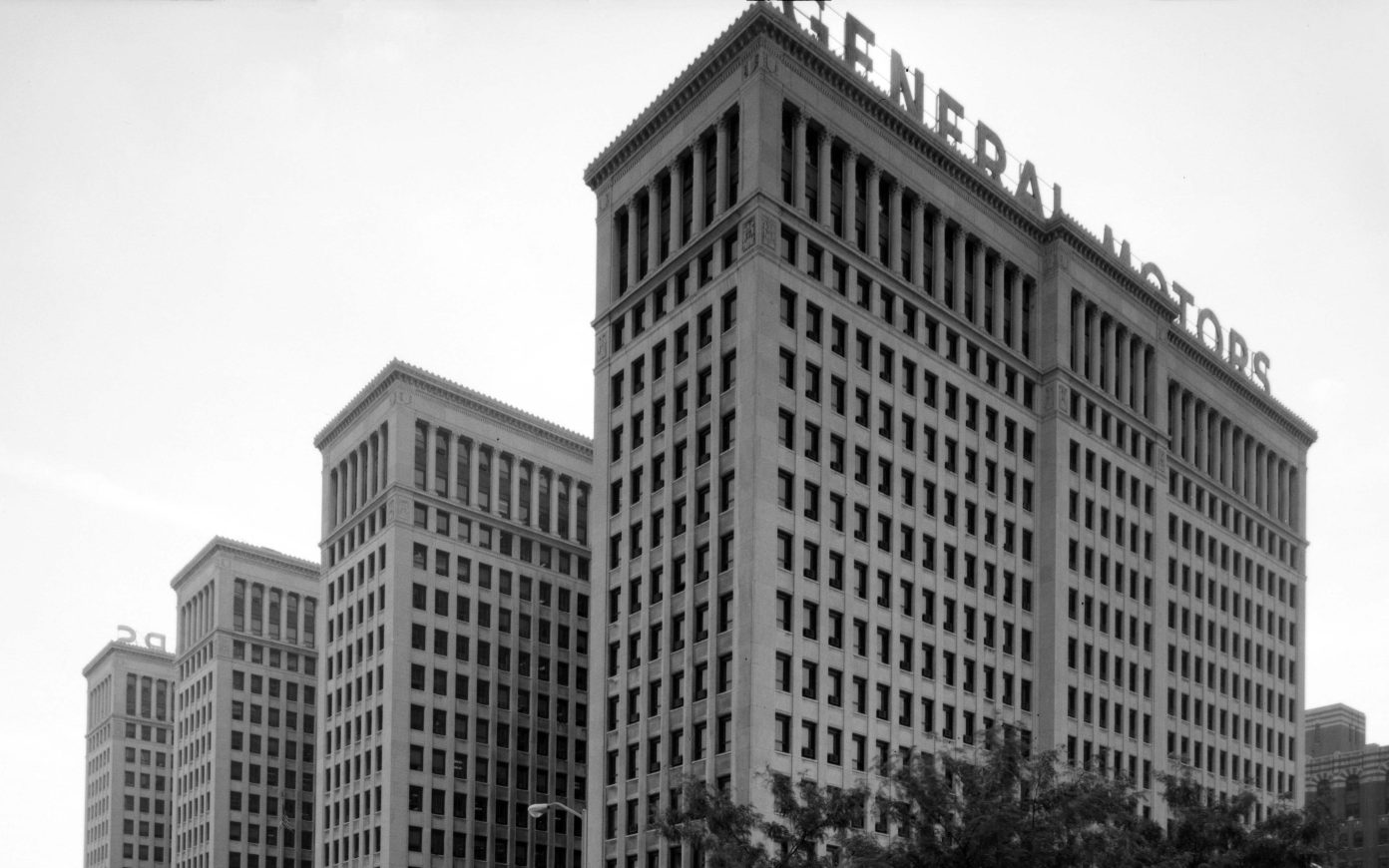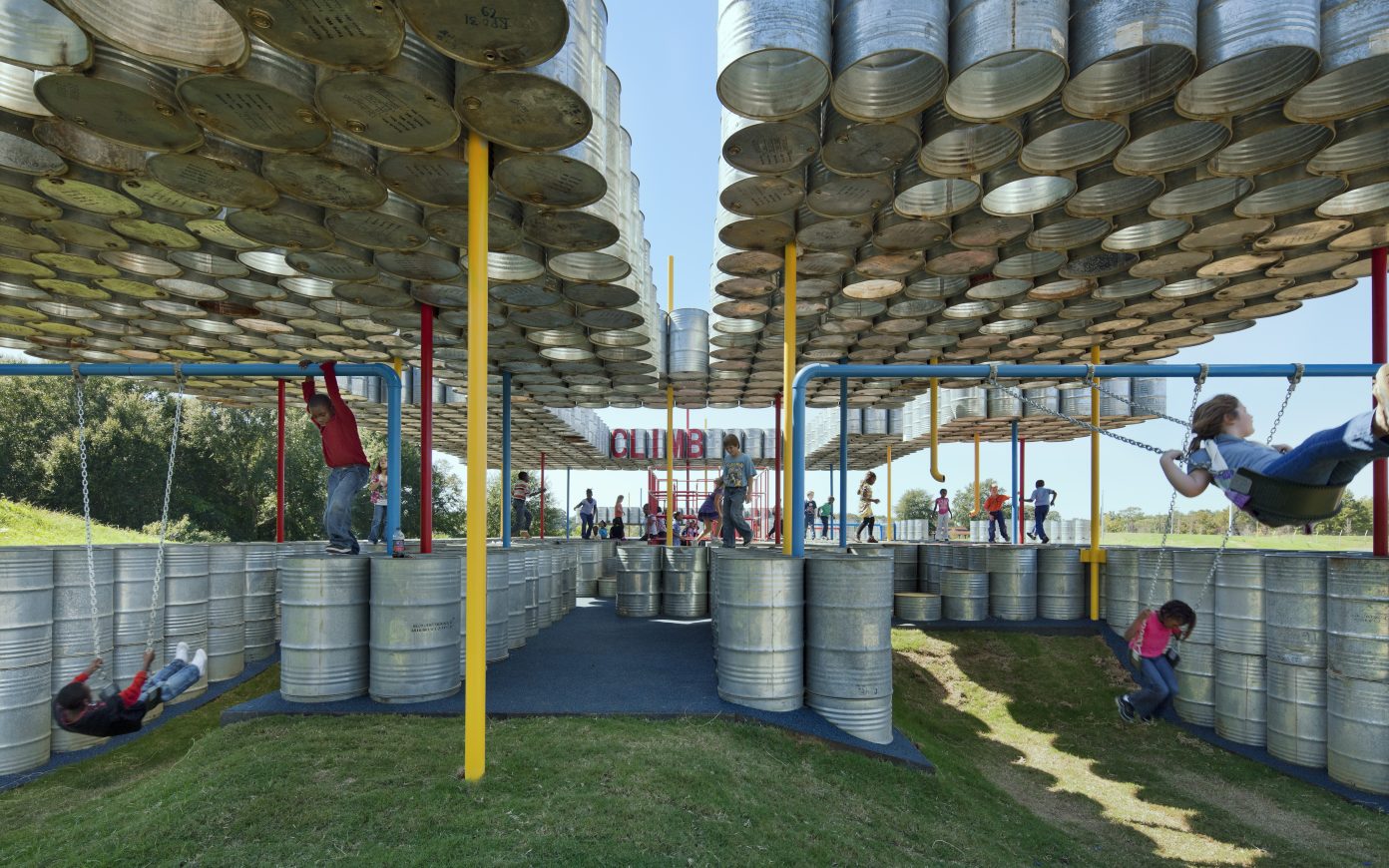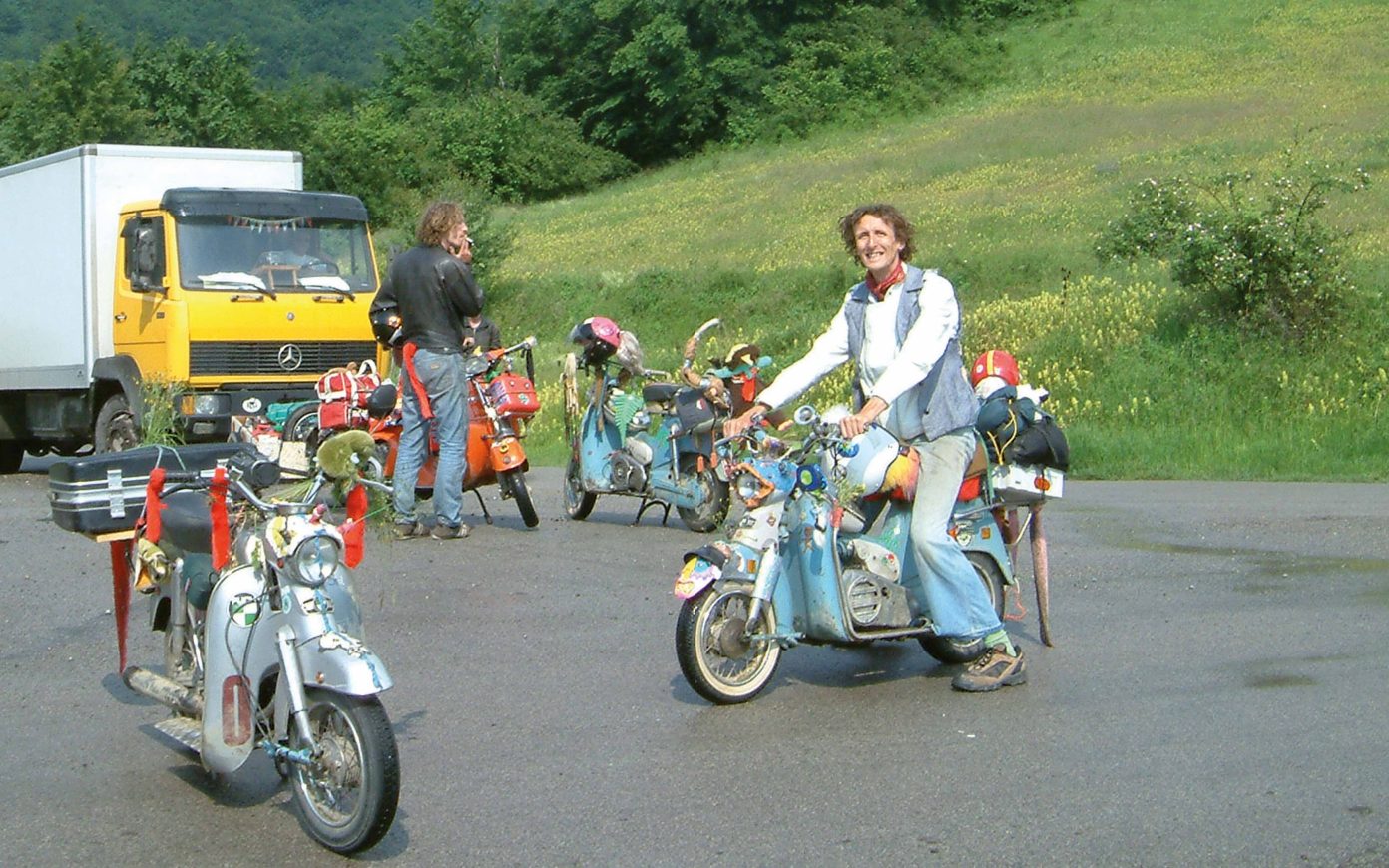Stream : From your point of view, in the very specific context of Detroit, what have the big changes been since the 2000s: technology, the subprime crisis, global warming, etc.? And how have they affected the city?
Daniel Pitera : What’s curious about the timing that you mentioned is that I’m actually not from the city, I’m from the northeast and I came to Detroit in 1998 or 1999. When I arrived people in Detroit didn’t have a very strong positive attitude toward their city. That has shifted tremendously in the last decade: that connection to the city has become very strong. I don’t mean to say that it didn’t exist before, but I think they sort of forgot it and what their city could really be. They let the overwhelming negatives take over. Then they began to notice that even with the negatives, a lot of good things were happening. That sort of changed the perspective of the typical Detroiter, whether that is a resident or an organization.
Change perspective
Looking around the city now you see everything from urban gardening to graffiti art, things like the Heidelberg open-air art project. Many of these initiatives happened before, but only here and there. Now they have coalesced into something really strong that I think is tied to this change in people’s perception. You can have a thirtysomething coming in from outside the city to do graffiti on the Grand River while at the same time you could have an alley in southwest Detroit that’s a graffiti museum done by people who have grown up in the city. It’s no longer only the outsider coming in and doing graffiti, the residents themselves are involved. They are also appreciating and supporting each other, where that wouldn’t have happened before. This is a wonderful time and I think part of the reason why we were able to do work like the Detroit Future City project and other perhaps less conventional projects, is because of this changed perception.
The other aspect has to do with people: politics is about people. Part of the difference between fifteen years ago and now is that the people who are now getting into power, and that may be low-level power, are in their thirties or early forties. We talked to older people, and I don’t mean to discredit seniors here, but we heard people say what Detroit was like fifty or sixty years ago. You could hear the nostalgia for the days where they could play in the back alleys. I think that’s wonderful. People entering power now say, “You know what? I’ve never experienced that. I’ve never experienced a Detroit that’s safe.” That gets back to what I was saying about the shift in mindset and that is part of the reason why we’re now seeing more and more of these initiatives. Whether you agree with urban farming or not—which was illegal until six months ago—the reason it hasn’t been ticketed or closed down is because the people in charge are saying “Why not?” They’re willing to take risks. So many of those people in their thirties and forties are saying “the old ways didn’t work and still aren’t working, so maybe we should try something new.” That has caused conflict between younger people in power and older people in power. That’s really significant.
When you’re talking about the change in the automotive business, my family grew up expecting that they would have a great job in the auto business. I grew up not having that and I never expected to have that. The industry has been dying since the 1970s. We keep hearing that it’s recent but Chrysler was first bailed out in the 1980s. People in their thirties and forties don’t see this as anything new.
Stream : It’s a global evolution, manufacturing has moved to Asia, so we have to bet on innovation and the creative class. Do you see Detroit as a symbol of this shift ?
Dan Pitera : The definition of the creative class is expanding, for instance in the writings of Richard Florida, which I think is much more appropriate. You can’t define an entire economic and urban system based on something so narrow, because there are only certain types of jobs that people can get. We need to think about people who have very little education but expect a good job. They’re not entering the process expecting to suddenly become a graphic designer, an architect, or a sculptor. Now, creativity is really more about doing your job differently from everybody else. A truck driver can be creative. Actually I think a truck driver is one of the most three-dimensional people we know: anyone who can take that thing and back it into something that’s only a couple of inches bigger is a very three-dimensional thinker.
I think that shift in perspective has allowed us to say that we can have creative but also manufacturing. Is manufacturing the only thing that governs Detroit? That’s what it was in the past. Will it be the same kind of manufacturing?
Dan Pitera : The intention of Detroit Works is to do a lot of the things we’ve been discussing. To put it into a very succinct statement, and this is going to sound a little bit cliché, but when you have a four-hundred-page report, how do you get people to understand it in a way that touches them. For example when John F. Kennedy said that we were going to put a man on the moon. That one statement had a whole bunch of other stuff embedded in it, but it touched people’s hearts. It was about politics, it was about world domination, that we were going to put our flag on the moon like it belongs to the United States. There were all these political issues behind it but the statement itself didn’t have to say all that, it was embedded in it.
This project is trying to make a city that can adapt to change. It’s not about resilience: resilience is primarily about major disasters. It’s bigger than that. How do cities essentially design a framework that allows them to adapt to change? Cities change, it’s natural. We have a capitalist society that is only seen as positive when it does this, and only seen as negative when it does that. And that is how we measure our cities: if they’re growing that’s good, if they’re shrinking, that’s bad. That’s actually not always the case. In fact, having a smaller population may be good.
The other issue is that if we are adapting to change, how do we design a city in the future that is both an ecological and an equitable urban environment. That’s what everything is pointing to in that report. To get there, we then said, we need to have more than just a design on a sheet of paper. We need to be engaging people so they feel—and are—a part of the process and so that all this incredible work is happening in a system that can be amplified. In other words, you have this great urban farm, you have this great graffiti piece, this art center. Until recently, they’ve been structured to be independent. That was done for people in Detroit to survive. Neighborhoods worked as silos. Organizations worked as silos. The only way we’re going to thrive is to begin to break down those walls and to connect. A lot of Detroit Works was about breaking down those lines and connecting people in various ways to see their work differently, to work together differently, to use that as a basis for how to think about the future.
The other thing is the idea of the “plan.” Our work in the Detroit Future City in particular is about a strategic framework. Instead of a specific future we talk about multiple futures. That way the city can adapt as it moves forward.
With that in mind, we have a certain image of what a city should look like. We can look at Vogue magazine for women and GQ for men and know what good-looking men and women are. But that’s actually a very thin slice of reality. The same thing exists in architecture and urban design. We know what beautiful cities look like. And they don’t look like Detroit. (Laughs). But there’s a certain density to those cities. Cities like São Paulo make New York look like it is low-density.
How can Atlanta have just under 300,000 fewer inhabitants and not have the problems that Detroit has if the issue is population size? Because their average density is higher than ours. It’s wonderful to say that density is the complexity of human interactions, that makes sense as a philosophy. To then operationalize that in the everyday, you have to recognize that it means that you can have areas that are less dense, but that you also need areas that are more dense to complement each other. That happens in Atlanta. Portland, Oregon, is another example. In fact Portland is seen as a sustainable capital, but it only has 500,000 people in the same land area as Detroit.
What we need to do is rethink our notion of density, but we also need to think about the balance between high and low density. And we don’t have that now. We have average and low density, but we don’t have high density, in terms of the traditional definitions of it.
Bottom-up
Stream : So you call this process participatory planning?
Dan Pitera : Kind of, yes. And with all this information from people we made a four-hundred-page book, which is much more comprehensive than the master plans of the city. Some departments of the city are already adopting pieces of it. While this isn’t an official document, because of this process of engaging thousands of people, many people are now using it because they see themselves in it. They’re a part of the planning. That’s very important to understand. I mentioned the 6,000 people involved in that roaming table. But we had 30,700 one-on-one conversations with people and 163,000 interactions with people. That’s not 163,000 people, but that’s still tens of thousands of different people that we engaged with.
